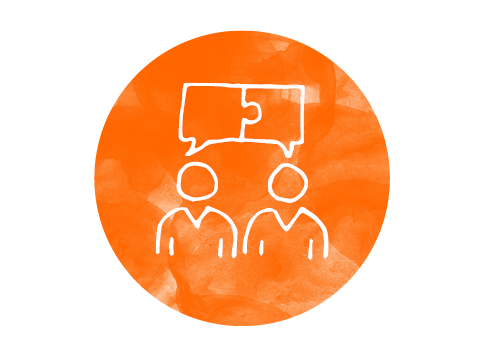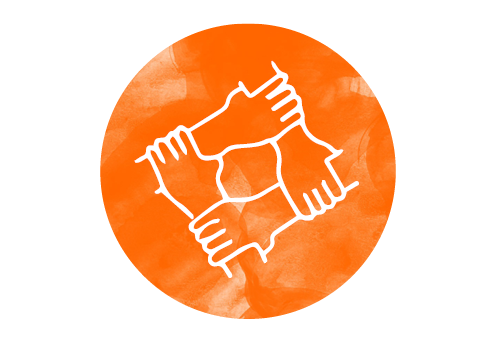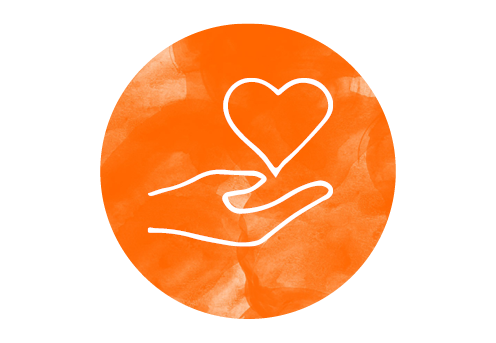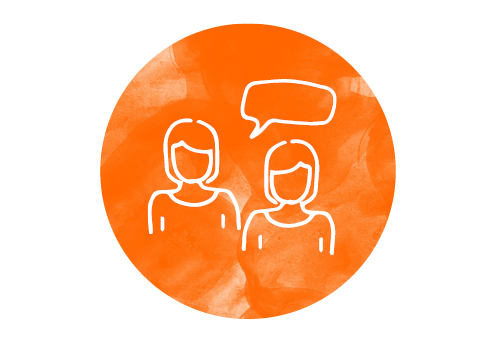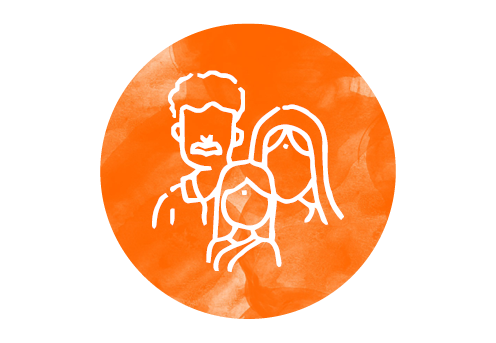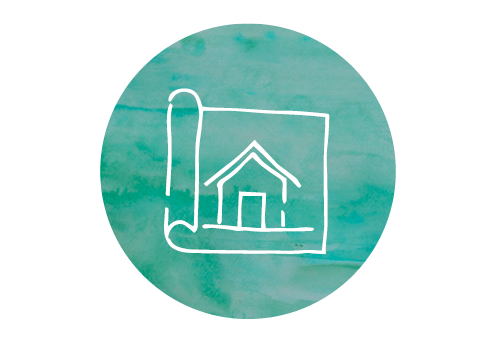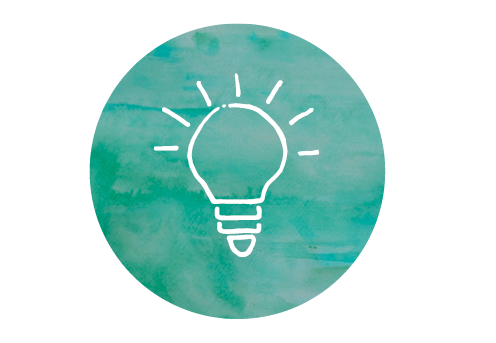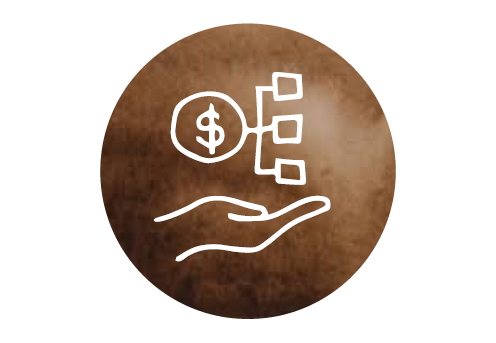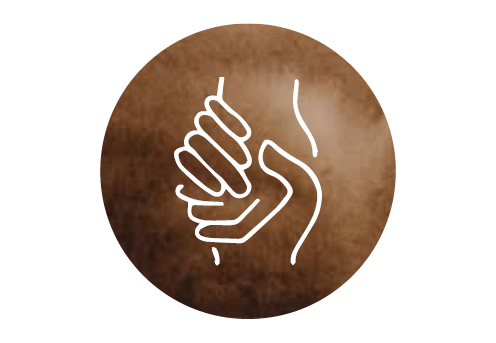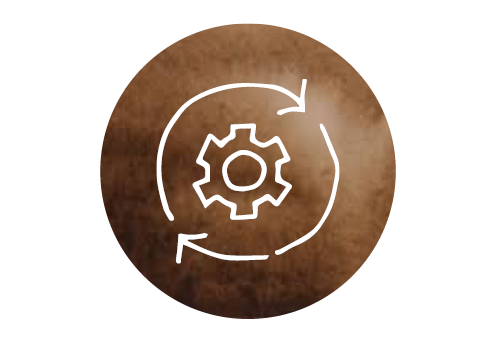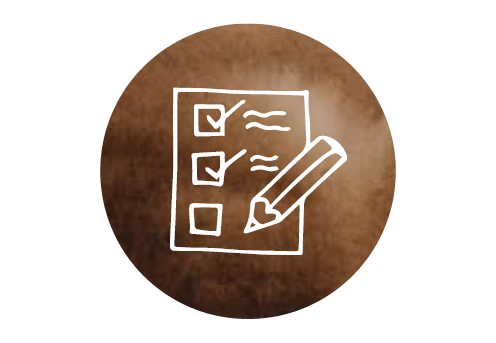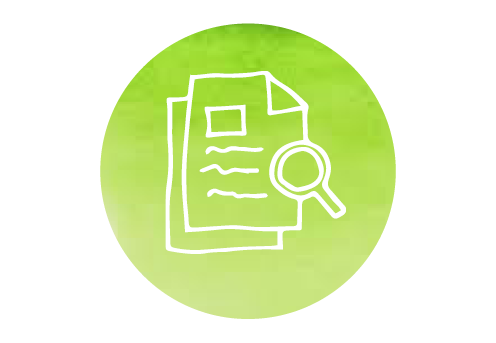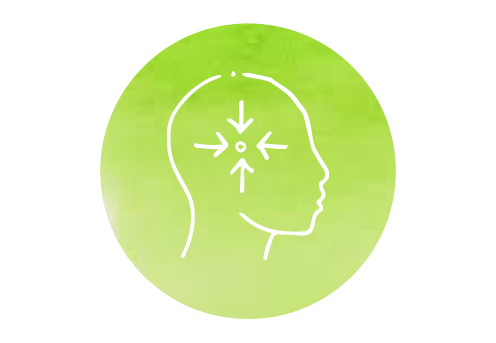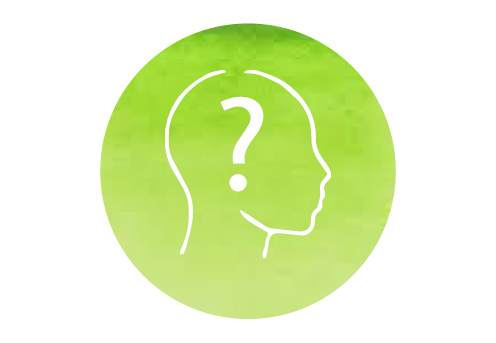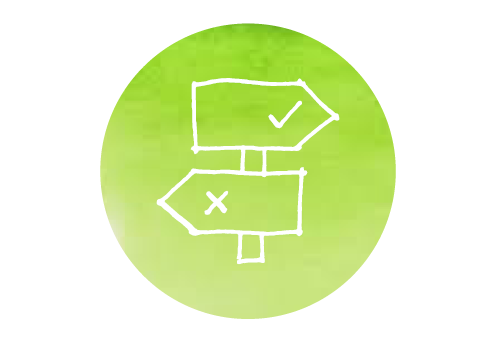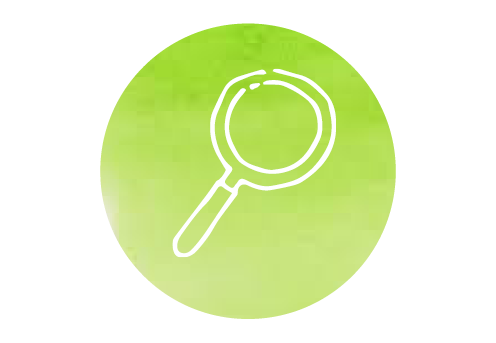Architecture | Design Thinking | Research | Project Management | Operations
“Empathy takes time, and efficiency is for things, not people.”
People Skills
-
Covid 19 has taught us all to adapt and though I shared in the collective pandemic pain, I’m comfortable with adapting. As well as adjusting to career transitions I’ve adapted as necessary for changing workplace objectives and conditions within all my roles. Such as:
Remotely managing a construction project in Fiji during Covid
Relocating to India to codesign and manage a community design project
-
Forming positive, motivated teams both inside the organisations I work for and with partners, clients and community groups, has been central to all my roles. Clear communication, respect for others and trust-building go a long way to creating strong teams. Examples include:
Forming multidisciplinary teams in both architecture and international development by respecting individuals’ special skills while focusing on our common goals
Working intensively with dynamic ‘pop up’ teams formed around short term education projects and events
-
We live in a world where the connection and complexity of systems is becoming increasingly apparent. To achieve the best outcomes we must collaborate to share knowledge and solve problems. Collaborations include:
Partnerships between AWF’s professional network and diverse client organisations and communities on projects in Australia, Fiji, India, Africa and Afghanistan
Working with specialists, students and volunteers in a school environment on a wide range of projects from events, to art, science and outdoor education adventures
-
As empathy is a cornerstone of emotional intelligence it doesn’t really matter if it’s a skill or a quality, just that it’s critical to forming all relationships. It’s impossible to do any kind of community based work without empathy because you can’t build trust without it. Experiences of empathy include:
Building a depth of trust within a community which led to a precious invitation to a child’s ‘coming of age’ ceremony in an Indian village
Resolving the complex disputes that can arise between teachers and parents, or just between parents, in a school context while staying focused on the wellbeing of the child
-
I’ve been lucky enough to have exceptional mentors. Paying this forward means supporting younger colleagues who are developing their specialisations and careers. I’ve also eperienced fantastic peer to peer mentoring and find this enriches the work environment. Mentoring examples include:
A formal mentoring role guiding the younger architects who work on TAP preschools
The peer to peer mentoring between colleagues and even with clients and partners that is a feature of the humanitarian sector
-
I enjoy travelling and working across cultures. This is as applicable to work within different Australian contexts and communities as to time spent overseas. Cross cultural experiences include:
Living and working in India for six months including time spent in informal urban settlements in Ahmedabad and rural villages in Andhra Pradesh
Participation in disaster mitigation workshops in both Bangladesh (flooding) and Ecuador (earthquake)
Creative Skills
“To create, one must first question everything.”
-
As a registered architect designing buildings and spaces is a core skill. Architecture is more of a vocation than a profession, a design based mindset that impacts all areas.
I’ve worked on hundreds of architecture and design projects throughout my career including:
Development projects (preschools and community centres) in India and Fjij
High end individual houses and multi residential projects
Corporate office and retail fitouts
Sports facilities, factories and headquarters projects
-
An interest in systems, and systems thinking has led to an interest in designing good processes. This has flowed into the creation of policies, protocols and procedures in a range of contexts such as:
Review/ creation of school policies and procedures across many areas from child protection to event management
Distillation of The Anganwadi Project’s essential co-design processes into a sharable document
-
Breaking a problem down into its constituent parts is satisfying, and usually makes it easier to research or workshop potential solutions. Just two of many of problems solved include:
How to preserve peace and quiet for kindergarten’s daily story + nap time during a major school rebuilding project without unduly delaying the works
How to build a 30m long concrete driveway on a steep site to meet engineer’s specs when the only technology available is a cement mixer and some wheelbarrows
-
Innovation is really about applying creative thought to the resources at hand for better solutions to both long and short term problems. Often this has to be done under pressure of time or other expectations. While it’s closely related to design and invention the difference is the focus on implementation.
A recent example of innovation in the Anganwadi Project was the use of a ‘second roof’ to shade the building beneath and bring down the temperature inside by at least 10 degrees C.
-
Drawing and painting are skills based on an interest in art which is strongly connected to my design training and comes in handy for preparing graphics and presentations such as:
Purpose designed diagrams to explain design and project processes
Illustrative diagrams and pictograms to explain design concepts without benefit of shared language
-
Storytelling is a powerful tool relevant from villages to board rooms. Stories provide strong points of connection at a human level which can overcome barriers of culture and privilege. Stories I’ve told include:
How a new preschool building will look, feel, work and transform lives for the teachers and the children who use it
How an Australian NGO and its partners can help Fijian coastal communities live in place in the face of climate change
Leadership + Management Skills
“Leadership is a series of behavious rather than a role for heroes”
-
I understand the principles and practice of leading and managing a business for profit and the activities and legislation that govern small business entities. I’ve cofounded and managed an architectural practice and held management positions in other larger architectural firms. In these roles I have undertaken:
All business activities of an architectural practice/ company including: human resources, finance, project management and strategic planning
Most of the day to day activities of managing a P-12 school including control of the operations and facilities budgets
-
I understand the management of not for profit organisations and NGOs and have held management and governance positions within both including:
Being a school councillor and subsequently part of the management team at a P-12 school and managing budgets for operations and facilities
Being a director of an NGO which is an incorporated association with DGR status
-
For over 9 years I managed the operations of a P-12 school across 3 campuses. This involved most non teaching management functions except finance and HR and included:
Administration
Issues register
Facilities (buildings + grounds)
Resources + logistics
Work health + safety
Child protection
Risk management
Events
-
The day to day work of most architects includes project management, often from inception until handover. I’ve managed many projects in this context but also projects in international development and school administration and operations. Examples are:
Remote project management during COVID of a design and construct project in Fiji for AWF
Oversight of the implementation of new student database and compliance systems within a P-12 school
-
Before you’re able to work with and manage stakeholders you first have to identify them and understand their objectives. When you work in international development you also need to understand the unstated cultural heirachies and agendas which may impact the project. I’ve worked with stakeholders in many contexts including:
Fijian, Indian and Bangladeshi villages
School and preschool communities (children, teachers, parents, neighbours)
Large corporate legal and accounting firms
Local , state and federal governments
-
Risk is inherent in most activities and businesses but arguably more central to both construction and education. Both sectors have well established processes for risk management. In schools in particular I was responsible for managing risk associated with:
Child protection
School activities, camps and excursions
Care and maintenance of facilities and equipment
Work health and safety
Analytical Skills
“The goal is to turn data into information, and information into insight”
-
Research is fascinating for curious people and like many architects I’m naturally curious. Every project undertaken involves primary research into the client’s project requirements and secondary research into regulations, controls plus construction and environmental technologies.
Development projects often require additional research using methods such as:
Design ethnography
Transect walks
Structured and semi structured interviews
Observation of activities and interactions
-
Data are only worthwhile if they are collected carefully, analysed thoroughly, stored so you can access them and actually used. Architects collect data as part of the predesign process and they should reemerge in the return brief before making their way into the design .
The humanitarian sector collects massive quantities of data and in some cases beneficiaries develop data fatigue and are left wondering what became of all the answers they provided.
So the data objective is to collect only what is needed, analyse it well…and then use it.
-
Reason is about understanding and evaluating information and drawing logical conclusions from it. Some of the reasoning styles I use regularly are:
Decompositional reasoning which divides a problem down into its constituent parts and is commonly used in project management.
Analogical reasoning which looks for patterns and similarities and is very useful when working cross culturally.
Deductive and inductive reasoning used in many processes but particularly in assessing evidence during child protection investigations.
-
Critical thinking is along the path from reasoning to decison making and was clearly a requirement in all the roles I’ve held. Sometimes it is defined as a form of emotional intelligence - especially when the need for clarity of thought comes in times of crisis or difficulty. Examples include:
Determining when to implement crisis procedures in a school environment - say in the advent of dangerous weather or threat of fire
Making the decision to recall TAP volunteer architects from India in face of the growing pandemic
-
Decision making is essentially about choosing the best possible option from the available alternatives. All the roles I’ve had have involved decision making on a daily basis. I am comfortable making decisions around things like:
Continuing or terminating a contract
Choosing the appropriate candiate for a job or volunteer role
Determining when to implement an emergency procedure during a school camp
Making a mandatory report to community services about the welfare of a child
-
Working on complex projects requires a capacity to alternate between taking an overview and attending to detail.
Working on events is particularly challenging here. The overview is critical but the detail - the running sheet, the sheduling, the logistics - must all be perfect. If not things can go seriously wrong in real time.
In architecture and development the detail is often in coordination, compliance and completion.
When clients are unsatisfied it is often because sufficient attention to detail hasn’t been appplied.

